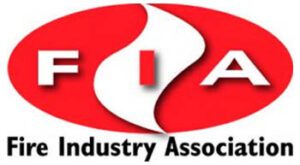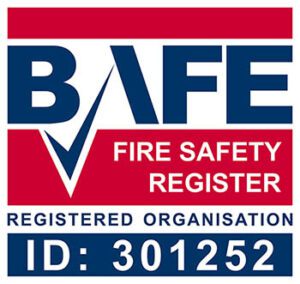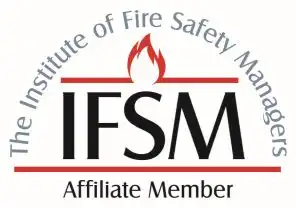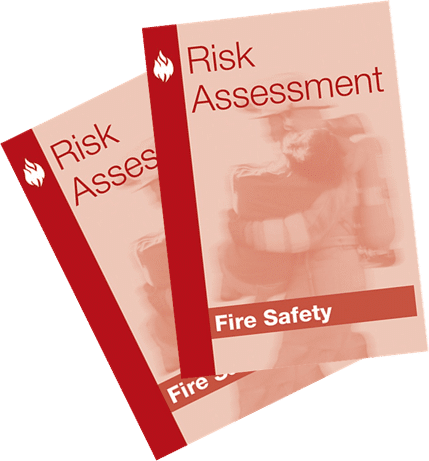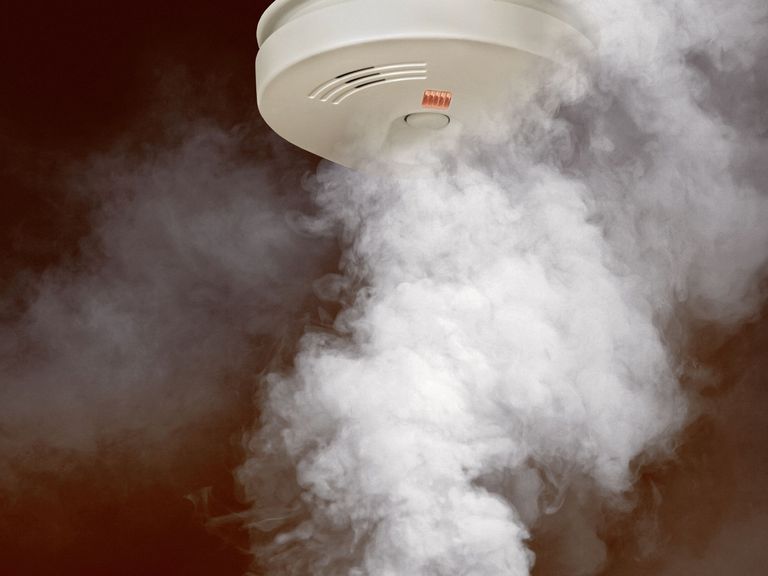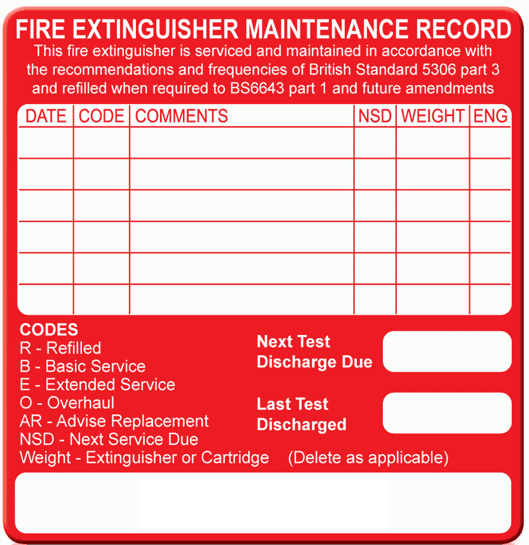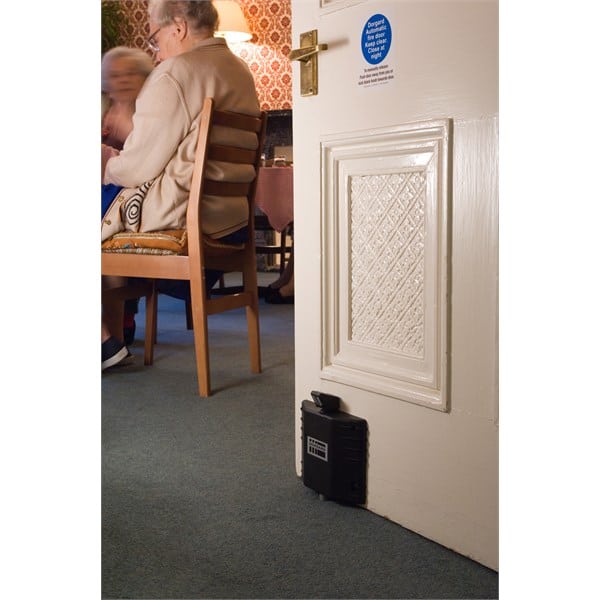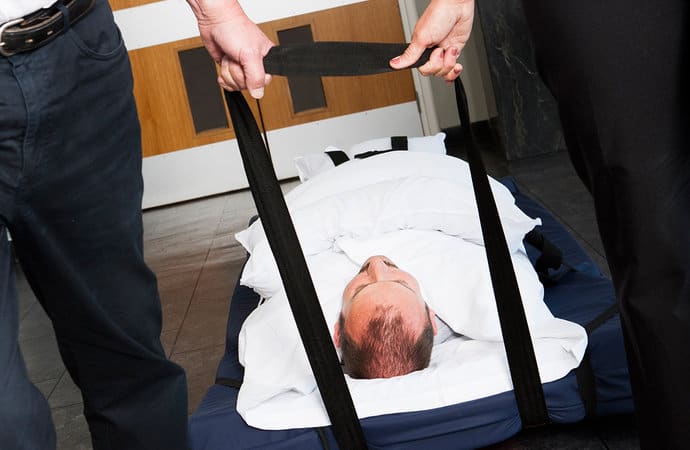5 critically important things you must do if you are responsible for fire safety in residential care homes.
Read our guide to find out.
Fire safety in care homes can sadly be matter of life and death where there are vulnerable occupants concerned.
This was brought home recently in a care home fire in Hertfordshire which tragically claimed 2 lives.
In the event of fire, it is far more difficult to get vulnerable residents out safely, such as the very young, the ill, or the very old.
This can be made even more difficult by staff shift patterns, especially at night when there tend to be fewer carers on the premises.
To help prevent another tragedy, we have produced the simple guide below for people responsible for fire safety in care homes .
You can use this guide as a ‘check-list’ to make sure that the 5 most important fire safety measures have been followed in your premises.
Fire Safety in a Care Home – 5 things you must do – checklist
We explain the 5 things you must do in more detail below, but first, take a look at our quick checklist.
Checklist
1. Do you have an up-to-date fire risk assessment which has been thoroughly reviewed during the past 12 months?
2. Do you have an ‘L1’ fire alarm system throughout the premises which is fully serviced and in working order?
3. Do you have the right fire extinguishers in the right places?
4. Do you have fully operational fire doors which are checked quarterly?
5. Have all of your staff had evacuation training specifically for vulnerable residents?
If you can answer ‘no’ to any of the items on this list, then it is likely that your fire safety precautions are not sufficient for your care home.
In this case, you should get in touch with your fire protection company as soon as possible.
Contact us for free advice1. Fire Risk Assessment
By law, all care homes must have a Fire Risk Assessment.
This forms the basis of all of your fire safety plans and identifies the fire protection measures needed to keep your specific care home and residents safe.
Your Fire Risk Assessment must:
– be written down if there are 5 or more people on the premises
– be reviewed annually as a matter of course
– be reviewed every time there is a significant change to your premises or residents
Obviously you must also make sure you implement the fire safety recommendations that your Fire Risk Assessment makes.
Read more about Fire Risk Assessments.
This is such an important part of your fire safety plan that, if you don’t have one, we would really recommend having one carried out as soon as you possibly can. Otherwise you may be unknowingly endangering your residents’ lives.
2. L1 Fire Alarm System
To meet fire safety regulations, care homes need to have what is called an ‘L1’ fire alarm system. This basically means that it gives the highest possible level of cover that a fire alarm system can offer.
This is so that staff and residents have as much time as possible to evacuate the care home if a fire breaks out, as it takes longer to evacuate vulnerable people.
An L1 system provides automatic detection – such as smoke or heat detectors – in every room in the care home. This even includes some large cupboards.
As well as having an L1 system in place, you will also need to make sure it is serviced at least every 6 months by a qualified fire alarm engineer, and tested weekly by a competent person.
To check that you are up to date with servicing and testing, take a look at your most recent fire alarm service certificate and your fire log book.
Read more about fire alarm regulations.
3. Fire Extinguishers
If you’re responsible for fire safety in a care home, you probably already know you need fire extinguishers.
However, it’s important to have the right extinguishers in the right locations to tackle the different types of fire.
A further consideration is to make sure that occupants can easily handle the extinguishers on your premises.
In a care home, where residents are elderly and there may be a high proportion of female carers, it’s important to make sure the extinguishers can be lifted and used by the majority of occupants.
Fire extinguishers also need to be serviced annually and replaced once they are out of date. You can check the date of the most recent service by looking at the service label on your extinguishers.
You can read more about fire extinguisher regulations.
4. Fire Doors
Having good quality fire doors in working order is essential for fire safety in care homes. These will slow down or limit the spread of fire, giving staff time to evacuate themselves and the residents.
In fact, fire doors are a vital part of ‘horizontal evacuation’, which we explain in section 5 below and which is an important fire evacuation strategy for care homes.
You have the option of having your fire doors connected to your fire alarm, which means they can be kept open day to day, but will automatically close if the fire alarm goes off. These are called ‘magnetic retainers’.
If you choose this option, then your fire doors must be tested weekly as part of your fire alarm test, and the doors should always be closed at night.
You could also choose a battery-operated system, which does not need to be connected to the fire alarm, but still allows you to keep your fire doors open. Battery-operated systems hold open the doors and then close them automatically when an alarm sounds. This is called an ‘acoustic retainer’ (Dorgard is a good example of this).
Just be aware that acoustic retainers can’t be used with all fire doors, for example if the door leads onto a staircase that is the only means of escape.
All fire doors must close properly, shutting squarely against the door stop. They should be visually inspected at least once a quarter and repaired if required.
To check if your fire doors have been inspected weekly and/or quarterly, take a look at your fire log book.
5. Evacuation Training
Your care home staff and your fire marshals will need general fire training, but even more importantly, everyone should know how to evacuate residents in the case of a fire.
Read our blog article ‘How many fire marshals do I need?‘.
As well as the more standard evacuation procedure (sometimes called ‘simultaneous evacuation’), where everyone leaves the premises immediately upon hearing the alarm, your team also need ‘horizontal’ evacuation training.
Horizontal evacuation allows for the fact that not all residents may be mobile, or easily able to evacuate themselves.
In this scenario, groups of occupants are moved more gradually from room to room ahead of the fire. This buys time to reach all residents and is why having working fire doors is so important for care homes.
Your staff should also be comfortable using evacuation aids, such as evacuation chairs or mattresses.
All of this should form part of your regular training and new team members should be trained as soon as possible when they join.
You can check your fire log book to see when training was last carried out.
Fire Safety procedures in a Care Home
We hope this guide on fire safety in residential care homes has been useful to you and that you now feel able to check if your care home is as safe from fire as it should be. Proper preparation is key to avoiding the total disaster of an avoidable care home fire.
If you have any questions, or would like some specific advice, please just call our friendly team on 0800 157 1113, or email us at [email protected] – we’ll be happy to help.


